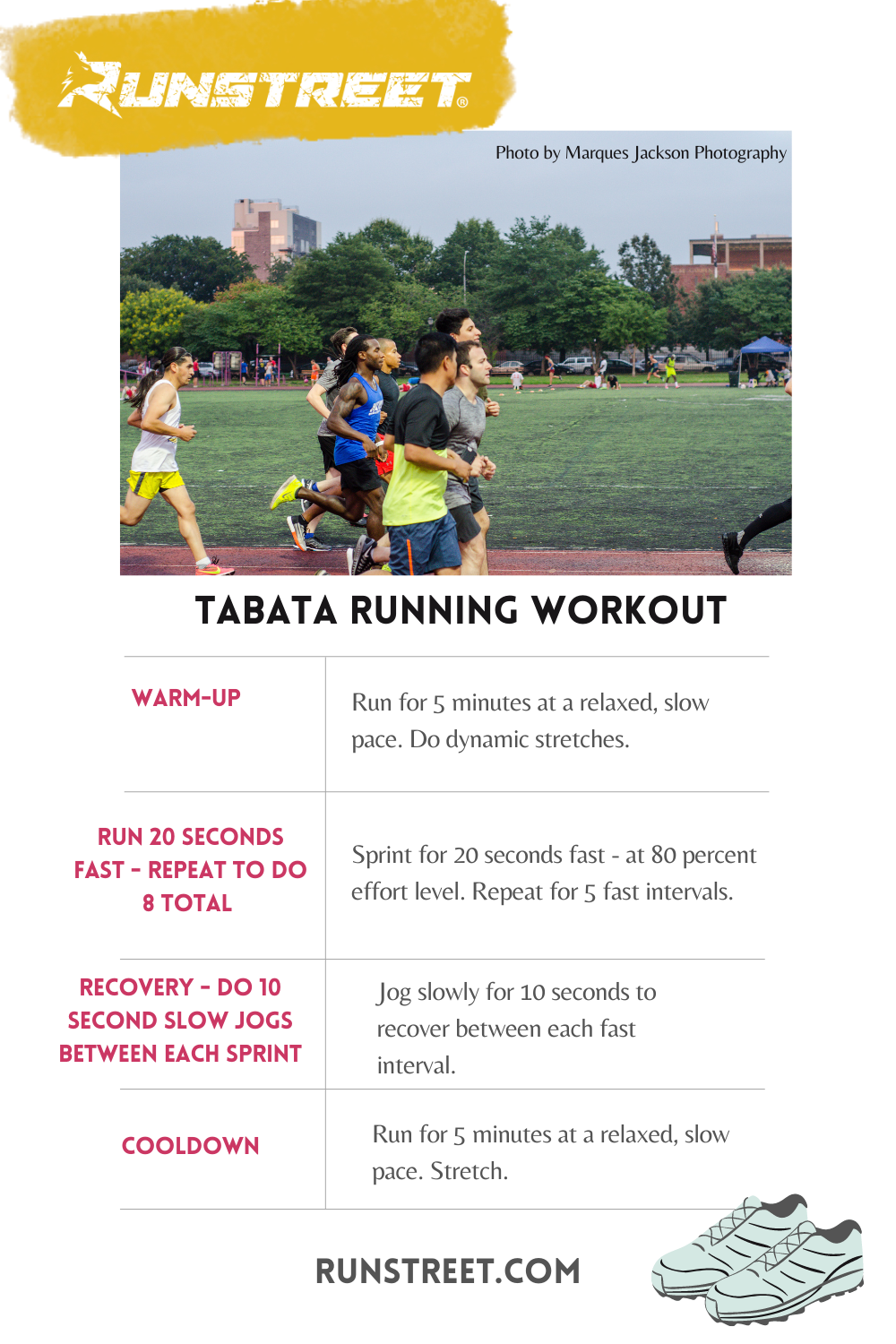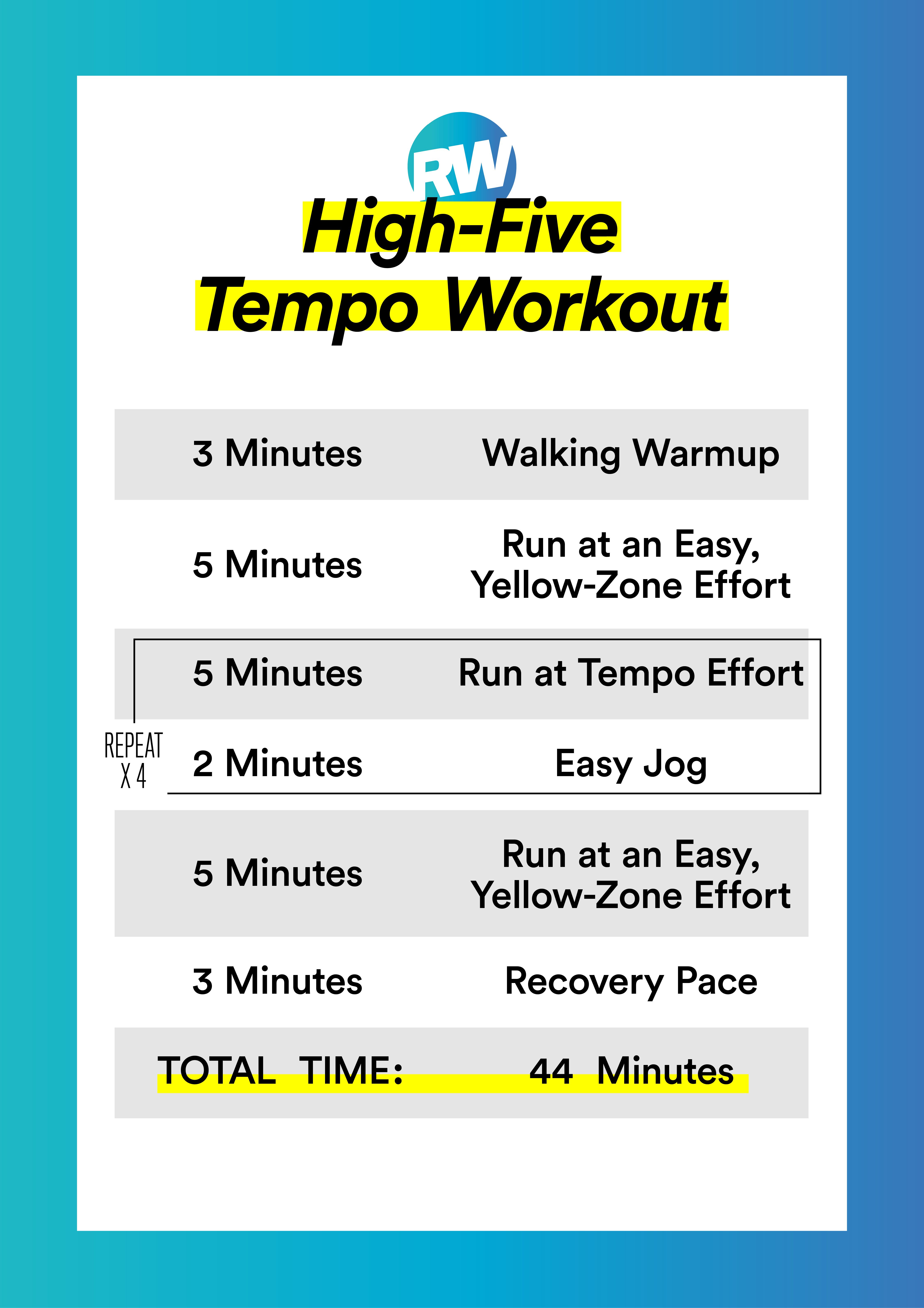Running Workout Tips: Boost Your Performance Today
Dealing With Common Running Pains: Reasons, Solutions, and Prevention
As joggers, we frequently come across different discomforts that can prevent our performance and enjoyment of this physical activity. By checking out the root reasons for these running pains, we can uncover targeted services and precautionary actions to make certain a smoother and extra meeting running experience.
Usual Running Discomfort: Shin Splints
Shin splints, a common running discomfort, often arise from overuse or improper footwear throughout physical activity. This problem, medically called medial tibial stress disorder, shows up as discomfort along the inner side of the shinbone (shin) and is prevalent among professional athletes and runners. The repetitive tension on the shinbone and the cells affixing the muscles to the bone brings about swelling and pain. Joggers who swiftly boost the strength or period of their exercises, or those who have level feet or incorrect running methods, are especially vulnerable to shin splints.
To avoid shin splints, people should progressively increase the intensity of their exercises, use ideal shoes with correct arch support, and preserve adaptability and strength in the muscles bordering the shin. If shin splints do occur, preliminary treatment includes rest, ice, compression, and altitude (RICE) In addition, incorporating low-impact activities like swimming or cycling can help preserve cardiovascular health and fitness while allowing the shins to recover. Consistent or severe cases may need medical assessment and physical therapy for effective monitoring.
Usual Running Pain: IT Band Syndrome
Along with shin splints, another widespread running pain that professional athletes commonly encounter is IT Band Disorder, a problem triggered by swelling of the iliotibial band that runs along the outer upper leg and knee. IT Band Disorder normally shows up as discomfort on the exterior of the knee, particularly throughout activities like running or biking. The iliotibial band is a thick band of fascia that attaches the aware of the shin, and when it becomes swollen or tight, it can scrub against the thigh bone, resulting in discomfort and discomfort.
Joggers experiencing IT Band Syndrome may notice a painful or hurting feeling on the outer knee, which can worsen with ongoing activity. Factors such as overuse, muscular tissue inequalities, inappropriate running type, or insufficient warm-up can add to the advancement of this condition. To stop and ease IT Band Syndrome, joggers must concentrate on stretching and reinforcing exercises for the hips and upper legs, appropriate footwear, steady training progression, and addressing any type of biomechanical issues that might be worsening the problem. Overlooking the signs of IT Band Disorder can cause persistent problems and prolonged healing times, emphasizing the relevance of early treatment and proper administration strategies.
Usual Running Pain: Plantar Fasciitis

Plantar Fasciitis can be credited to different aspects such as overtraining, inappropriate shoes, running on hard surfaces, or having high arches or flat feet. To avoid and relieve Plantar Fasciitis, joggers can incorporate stretching exercises for the calves and plantar fascia, wear supportive footwear, maintain a healthy weight to decrease strain on the feet, and gradually enhance running intensity to prevent unexpected tension on the plantar fascia. If signs continue, it is recommended to speak with a health care expert for appropriate diagnosis and treatment options to address the problem properly.
Usual Running Discomfort: Runner's Knee
After dealing with the obstacles of Plantar Fasciitis, another common concern that runners commonly face is Runner's Knee, an usual running pain that can impede sports efficiency and cause discomfort throughout physical task. Runner's Knee, likewise recognized as patellofemoral pain syndrome, materializes as discomfort around or behind the kneecap. Joggers experiencing this pain may really feel a plain, hurting pain while running, going up or down stairways, or after long term durations of sitting.
Typical Running Pain: Achilles Tendonitis
Generally affecting joggers, Achilles Tendonitis is an uncomfortable problem that influences the Achilles ligament, causing pain and possible constraints in exercise. The Achilles tendon is a thick band of tissue that connects the calf muscle mass to the heel bone, vital for activities like running, jumping, and walking - click for more info. Achilles Tendonitis typically creates due to overuse, incorrect shoes, poor extending, or sudden increases in exercise
Signs of Achilles Tendonitis consist of pain and stiffness along the ligament, specifically in the early morning or website link after periods of inactivity, swelling that worsens with task, and potentially bone spurs in chronic instances. To stop Achilles Tendonitis, it is necessary to stretch properly in the past and after running, use suitable footwear with correct support, gradually raise the strength of exercise, and cross-train to reduce recurring tension on the tendon.
Verdict
